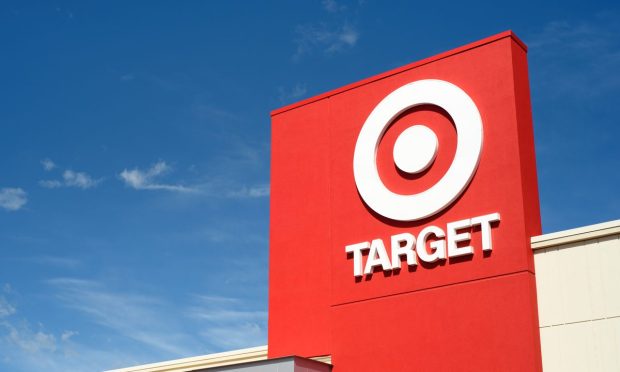Target’s Twin Announcements Show Nuances of How BNPL is Used

Buy now, pay later (BNPL) is a trend that, as they say, has legs.
But dig a little deeper, and you’ll find the nuances that show not all BNPL programs are created alike, target the same customers, or are used by consumers in cookie-cutter fashion.
Case in point: Commerce giant Target said this week announced not one, but two agreements with BNPL providers — in this case, Sezzle and Affirm.
As noted in this space, the overarching strategy is one where Target said it is “investing in new financial tools that make our shopping experiences more flexible and personalized to guests’ needs, right in time for the holiday season.”
Read more: Target Teams With Affirm, Sezzle for BNPL
Drill down a bit, and those Nuances emerge: Target said in its blog post announcing the BNPL integrations that with Sezzle, with implied smaller ticket items — the announcement mentions party supplies and pajamas as examples — consumers split purchases into four payments spread out through six weeks. Key to this partnership: Target makes explicit mention of not straining budgets.
And as PYMNTS’ own research with Sezzle has shown, BNPL is often used by customers who may be grappling with the challenges of everyday financial life. It’s been well documented in these digital pages that the majority of American consumers, at more than 54%, live paycheck to paycheck, which means they struggle to make ends meet.
A Range of Transaction Sizes
Against that backdrop, a significant percentage of consumers might be defined as “second chance” shoppers, with untapped spending firepower, and caution over their budgets, that would make them ideal candidates to take advantage of BNPL options for smaller transactions at the register.
Per the PYMNTS/Sezzle study, “a second-chance consumer is not necessarily a consumer who would be an unreliable or undesirable shopper. We found that 65 percent earn more than $50,000 per year, with 30 percent earning above $100,000. The average second-chance consumer is 44 years old and has a FICO score of 662,” or only 38 points less than the average ‘good’ credit score.” Most of the second chance consumers, at more than 70 percent, state that BNPL helps them get what they need without overspending. More than 56% of them state that BNPL helps them improve their credit scores.
Read also: Study Confirms Love Match Between BNPL and ‘Second-Chance Consumers’
On those larger ticket items, Target notes that in the pact with Affirm, transactions will be over $100 (i.e. electronics and other relatively more expensive items).
Other PYMNTS studies point to the growing use of, and interest in using, BNPL for more expensive goods and services: The Next BNPL Horizon Report: Expanding Access To High-Value Services, an Amazon Web Services (AWS) collaboration, found that 43% of U.S. adults — roughly 111 million consumers — want to use BNPL to fund longer term, more expensive purchases such as home remodeling or medical treatment. The AWS study notes that 41% of consumers interested in using BNPL for big-ticket purchases see alternative credit as less cumbersome than personal loans. Some 26% prefer BNPL options “to avoid locking up their credit lines for expensive purchases.”
Read more: New Studies Point To Consumers Buying Big-Ticket Purchases Through Digital Channels, BNPL
